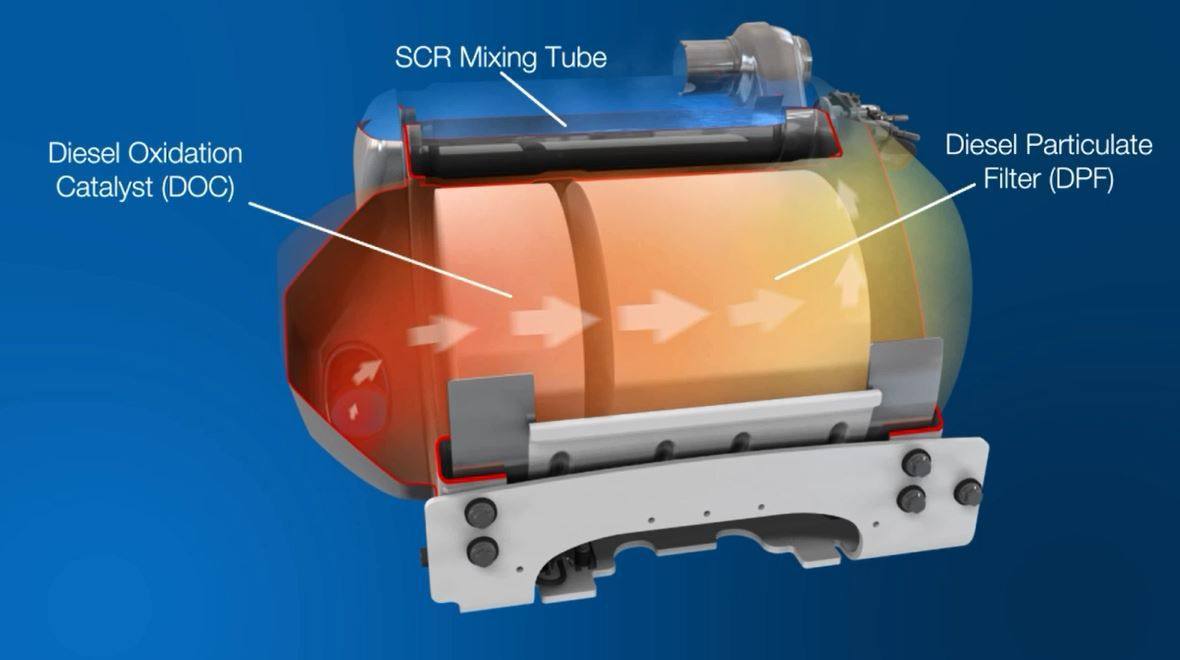DPF Delete
Maximizing Performance with DPF Deletes at Inverness Tuning
Diesel Particulate Filters (DPFs) are essential components in modern diesel engines, designed to reduce harmful emissions. However, they can sometimes hinder vehicle performance and lead to increased maintenance costs. At Inverness Tuning, we offer DPF Delete services to help you unlock your vehicle’s full potential. In this article, we will explore what DPF Deletes are, their benefits, and why Inverness Tuning is your go-to choice for this service.
What is a DPF Delete?
A Diesel Particulate Filter (DPF) captures and stores soot produced by the engine to reduce emissions. Over time, the filter can become clogged, leading to reduced engine performance and increased fuel consumption. A DPF Delete involves removing the filter and reprogramming the engine control unit (ECU) to bypass the DPF system. This modification can enhance your vehicle’s performance, but it is crucial to understand the legal implications, which we will discuss later in this article.
Benefits of DPF Delete
1. **Enhanced Performance**: One of the primary advantages of a DPF Delete is the improvement in engine performance. Removing the DPF allows for better exhaust flow, which can lead to increased horsepower and torque. This is particularly beneficial for drivers seeking more power for towing or off-road driving.
2. **Improved Fuel Efficiency**: A clogged DPF can cause your engine to work harder, leading to higher fuel consumption. By deleting the DPF, the engine can operate more efficiently, often resulting in better fuel economy.
3. **Reduced Maintenance Costs**: Maintaining a DPF can be expensive. Regular regeneration cycles, potential DPF replacements, and repairs can add up over time. A DPF Delete eliminates these costs, offering long-term savings.
4. **Increased Reliability**: DPF systems can be prone to failures and malfunctions, which can trigger warning lights and put the vehicle into limp mode. By removing the DPF, you can reduce the likelihood of these issues and enhance the overall reliability of your vehicle.
5. **Lower Exhaust Temperatures**: DPF systems can cause higher exhaust temperatures due to the regeneration process. A DPF Delete can help lower these temperatures, reducing the risk of damage to other engine components.
Why Choose Inverness Tuning for DPF Delete?
At Inverness Tuning, we specialize in providing high-quality tuning solutions tailored to meet our clients’ specific needs. Here’s why you should trust us with your DPF Delete service:
– **Expert Technicians**: Our team consists of experienced professionals with extensive knowledge in ECU tuning and DPF systems. We ensure that every modification is performed to the highest standards.
– **Advanced Equipment**: We use state-of-the-art diagnostic and tuning tools to ensure optimal results for your vehicle.
– **Customer-Centric Approach**: We are committed to delivering exceptional service and ensuring customer satisfaction. We take the time to understand your needs and provide customized solutions.
– **Comprehensive Support**: From the initial consultation to after-service support, we are here to assist you at every step of the way.
Important Legal Considerations
While DPF Deletes offer numerous benefits, it is essential to understand the legal implications. In many regions, removing or disabling emission control devices such as DPFs is illegal for vehicles used on public roads. This can lead to fines, penalties, and the failure of vehicle inspections. Therefore, our DPF Delete services are intended for off-road use, competition vehicles, or vehicles used on private land.
Conclusion
A DPF Delete can significantly enhance your vehicle’s performance, fuel efficiency, and reliability. At Inverness Tuning, we provide expert DPF Delete services to help you get the most out of your diesel engine. However, it is crucial to consider the legal implications and use this service responsibly.
For more information or to schedule a consultation, contact Inverness Tuning today. Let us help you unlock your vehicle’s full potential with our professional tuning solutions.
—
WARNING NOTICE: MODIFIED VEHICLES AND THE LAW
Some of the services and replacement parts we supply (Modifications) will result in your (Modified) vehicle being illegal to use on a public road. Modifications are only appropriate for vehicles that will be used solely on private land (e.g. track days and racing circuits). If we modify your vehicle you acknowledge and agree (and it is a condition of our release of the vehicle to you) the terms and conditions found in our Terms & Conditions.


